INTRODUCTION
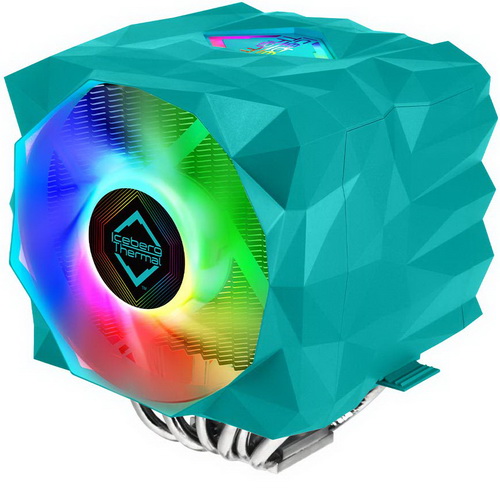
The recent release of Intel's 13th generation CPU's and AMD's Ryzen 7000 series has once again made one thing clear, high temperatures (at least in regards to the high-performance models) at load are still a serious issue, especially for people who like to do manual overclocking. This of course means that bundled CPU air coolers are nowhere near enough to keep powerful CPUs at acceptable temperatures and so this is where AIO liquid CPU coolers and large CPU Air Coolers come in. Now even though it's clear that AIO liquid CPU coolers usually outperform CPU air coolers it's also a fact that AIO pumps can fail (I’ve had AIO models running for 6+ years continuously but I’ve also seen cases where pumps failed after a few months) and so people looking for a more surefire solution tend to turn towards CPU air coolers. Iceberg Thermal is a rather new player on the block and today I'll be testing their unique looking iceSLEET X7 Dual model.
Iceberg Thermal Inc. was founded through the belief in the entrepreneurial spirit, passion, and creativity in innovating technologies, and bringing excellence to the electronics industry. With decades of experience in the industry, we believe in bringing our customers the best thermal conduction solutions. We do it all, design conception, product manufacturing, and direct sales to our customers. We follow our products through the design and manufacturing process to ensure the products our customers receive are of the highest quality. We manufacture a full range of cooling products including CPU coolers, VGA coolers, case fans, thermal paste, thermal pads, and water coolers.
The iceSLEET X7 Dual by Iceberg Thermal has a TDP (thermal design power) of 225W and as its name clearly states it's a U-type (sandwich) dual-tower CPU cooler featuring two fans in push and pull configuration. Each of the two heatsinks features a total of 49 aluminum fins (0.4mm in thickness each, 98 in total, partially closed on both sides) evenly spaced (2mm) and both of them are connected to a nickel plated copper base by a grant total of seven 6mm all-copper nickel plated heatpipes. Iceberg Thermal chose to go with two different sized fans, an 120mm ARGB fan placed at the front (1850RPM/2.8mmH2O/76CFM) and an 140mm fan placed between both heatsinks (1600RPM/2.65mmH2O/96CFM). Both fans feature fluid dynamic bearings, automatic start/stop, have an MTTF (mean time to failure) of 150.000 hours and produce up to 38dBA of noise. Thanks to its top ARGB LEDs and the green/blue plastic shroud the iceSLEET X7 Dual by Iceberg Thermal certainly looks unique but what about cooling efficiency?
SPECIFICATIONS AND FEATURES

PACKAGING AND CONTENTS
Iceberg Thermal uses a plain cardboard box to ship the iceSLEET X7 Dual inside the front of which just has a sticker with a product drawing.
Another sticker is located at the rear, this time with several drawings (of both the cooler and its bundle) and the specifications table.
Both the cooler and its bundle are placed in separate cardboard boxes.
Along with the iceSLEET X7 Dual inside the box you'll find a fan y-splitter, thermal paste tube, backplate, mounting bar, quick start guide and mounting bits for both Intel LGA 775/1150/1151/1155/1156/1200/1366/1700/2011/2011-3/2066 and AMD AM2/AM2+/AM3/AM3+/AM4/AM5/FM1/FM2/FM2+ motherboards.
THE ICESLEET X7 DUAL
The 135mm long, 150mm wide and 166mm tall iceSLEET X7 Dual CPU Cooler weighs a total of 1158g.
At the top Iceberg Thermal has placed their logo right between the top ARGB LEDs.
As expected, the rear of the cooler is open to allow hot air to exit.
The green/blue shroud is actually made out of 5 pieces and you can start removing them from the sides.
Removing the side pieces reveals the 140mm fan sandwiched between the two heatsinks.
As you can all see the 140mm fan is attached to the top piece and its power cable is also used to power the top ARGB LEDs.
After that removing the remaining pieces is very easy.
This also allows you to take a better look at the two aluminum heatsinks.
The seven 6mm nickel plated copper heatpipes pass through all 98 aluminum fins.
Iceberg Thermal has given the nickel plated copper base of the iceSLEET X7 Dual a mirror like finish.
TEST BED
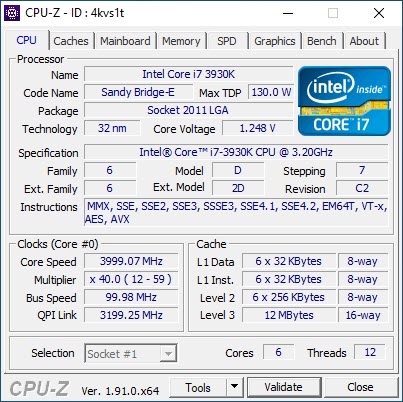

TESTING METHODOLOGY
We always take things quite seriously when it comes to work so just like with the previous LGA1366 database we will not be testing each CPU Cooler on its own and with different ambient temperature levels and thus we can actually have yet another valid CPU Cooler database. Testing a CPU Cooler automatically means that you need to know where it stands against the immediate competition and to accomplish that we have spent both money and time through the years, something that we plan to continue to do so in order to get the most accurate results for the end consumers who read these lines. Every CPU cooler in this database is tested with the bundled 140mm/120mm/92mm/80mm fans while working at both idle speed and 100% of their speeds for all the temperature tests. CPU Coolers that do not come bundled with a fan/s are measured using a Noctua fan (size dependent on the model) to test for the temperature tests but due to the lack of a stock fan dBA level tests are obviously skipped. Single (120/140mm) watercooling solutions are tested with the radiator mounted at the rear of our test rig while dual/triple/quad (240/260/280/360/420/480/560mm) solutions with the radiator mounted at the top. For the dBA tests every cooler in the database was measured both while on idle mode or with the fan controller in the minimum setting and while on extreme load or with the fan controller all the way to the highest possible setting (PWM fans do that on their own without our intervention). Every single test takes place in a temperature controlled room of 23 degrees Celsius Ambient Temp with the help of two AC units placed diagonally inside the room. The Noctua NT-H1 thermal paste is used with every CPU Cooler in our latest LGA2011 database (although initially this was not the plan, we had to change things to get the most accurate results). Finally, it's very important to point out that just because a CPU Cooler is better than another when tested with our test rig that does not necessarily mean that the same performance differences will apply 100% for other CPU models and in other situations (such as different ambient temps and system configurations).
To successfully record the load temperatures, we use the latest OCCT application for around 6-10 minutes to push the processor to its limits and after that is done and the temperatures are recorded, we wait for about 10-20 minutes for the CPU to cool down and record the idle temperatures. This is done to allow time for the thermal conductive material to achieve the optimal performance level. Same procedure is then repeated with the Passmark BurnIn Test as a failsafe just in case the OCCT results are wrong. This procedure is more time consuming than the usual peltier/thermometer tests but this way not only can we deliver real world results to our readers based on real CPUs but we can also triple check the results using a variety of programs. Last but not least the temperatures were recorded using both the latest versions of AIDA64 and RealTemp while the noise level tests are performed using a high precision ExTech HD600 Decibel Meter placed about 10-15cm above the CPU Cooler. Still although the same testing procedure applies to all units do take into consideration that unlike the official numbers which are measured in special noise isolated labs with just the fans here, we also have both the rest of the cooler and the rest of the system (although all system fans are turned off when recording noise levels).
TEST RESULTS


CONCLUSION
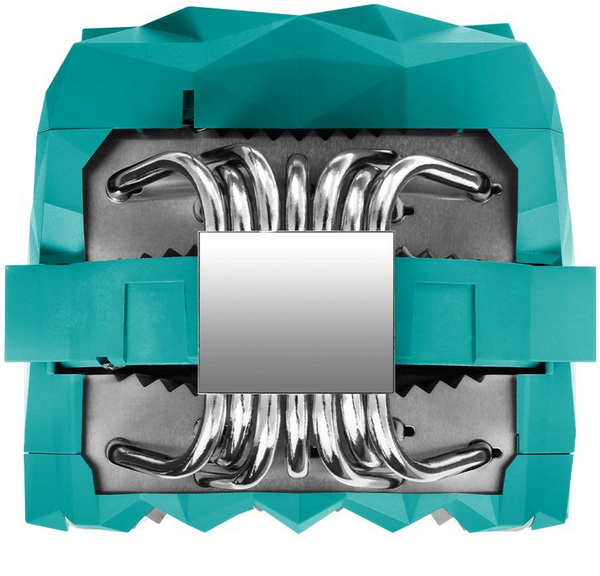
When I first saw pictures of the iceSLEET X7 Dual by Iceberg Thermal last year I was quite interested in it primarily due to its size and green/blue shroud (the ARGB lighting is also nice but that’s not something we don’t see quite a lot lately) which is something rather unique. Fast forward to today and the iceSLEET X7 Dual may indeed look impressive (that is, if you like the green/blue color theme – not my favourite but it does stand out) but its performance is simply not what I was expecting from such a large dual-heatsink CPU cooler. Cooling efficiency is actually quite good overall but pair that with the noise levels coming from the two fans (the iceSLEET 7 Dual is among the top 5 most noisy models in the charts) and the end result could clearly be better. That being said even though the shroud is not just for looks and obviously keeps air inside the two heatsinks at the same time it doesn’t let hot air leave fast enough so this could be harming the coolers performance. In regards to clearance with RAM do remember that the tallest modules one can pair with the iceSLEET X7 Dual should not be over 45mm. As for installation well it’s very easy (just attach the mounts to your motherboard and then the center bar onto the mounts) and it’s actually one of the things I hope applied to every CPU cooler out there.
Currently the iceSLEET X7 Dual CPU Cooler by Iceberg Thermal retails for USD64.99 inside the USA (Amazon.com) and for 79.99Euros inside the EU (Amazon.de) so it’s priced relatively well for what it offers. So, does that mean you should be getting it? Well, it depends, if you just happen to care about cooling efficiency (and low noise levels) then there are obviously higher performance models out there at both around the same price range. However, if you want a CPU cooler compatible with older systems and you happen to really like the color choice by Iceberg Thermal (and its ARGB lighting) then I truly suggest giving the iceSLEET X7 Dual a chance, it might just do the trick for you.
PROS
- Build Quality
- Good Cooling Efficiency
- Dual Fan Solution
- Design (ARGB LEDs / ARGB Fan / Shroud)
- Price (USA)
- CPU Compatibility
CONS
- Overall Size (Case Compatibility)
- Noise Levels

 O-Sense
O-Sense





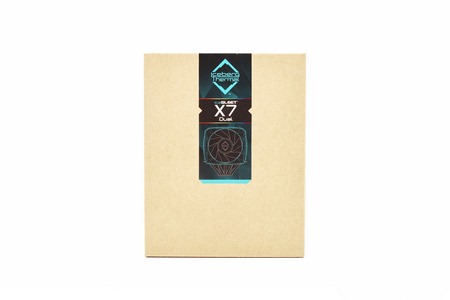
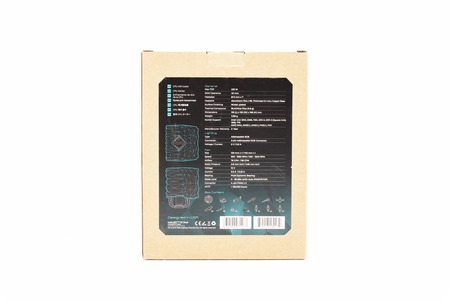
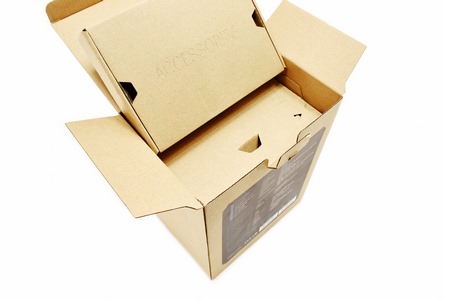
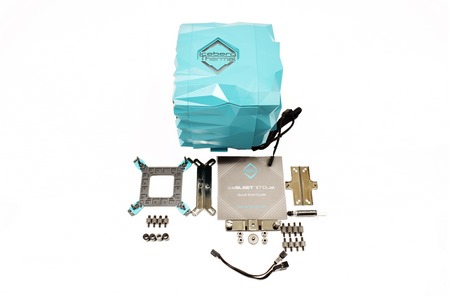
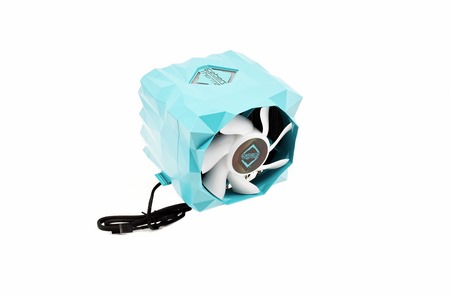
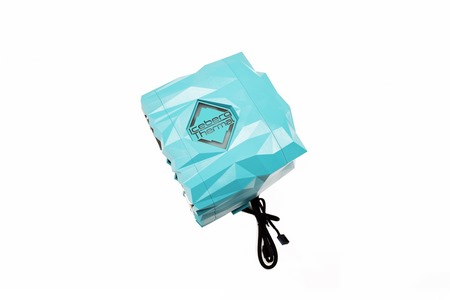
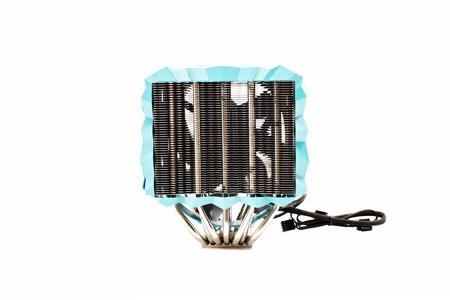
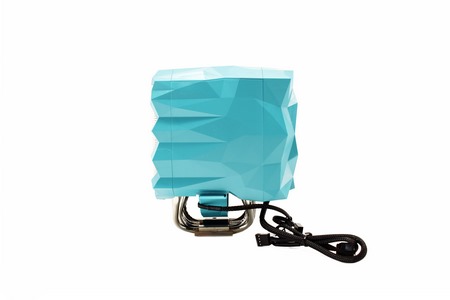
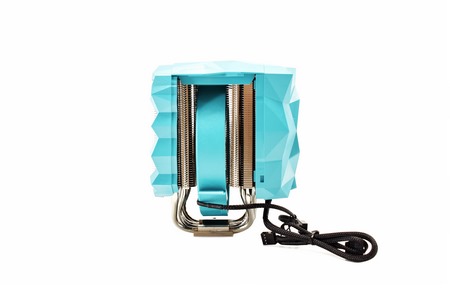
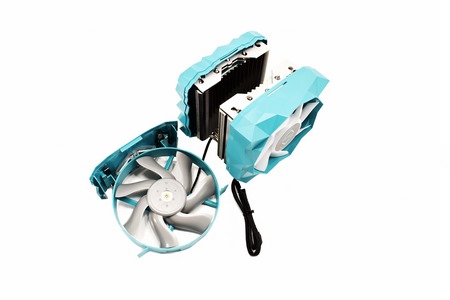
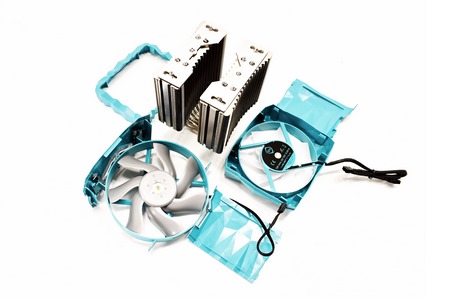
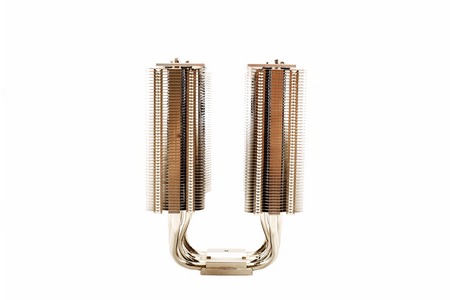
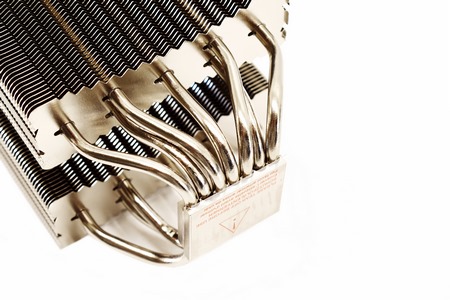
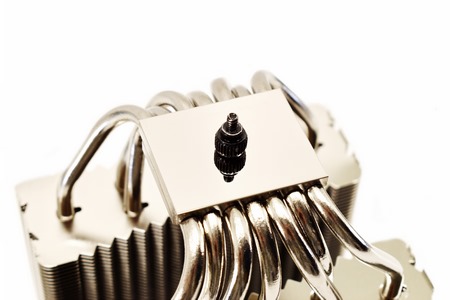


.png)

